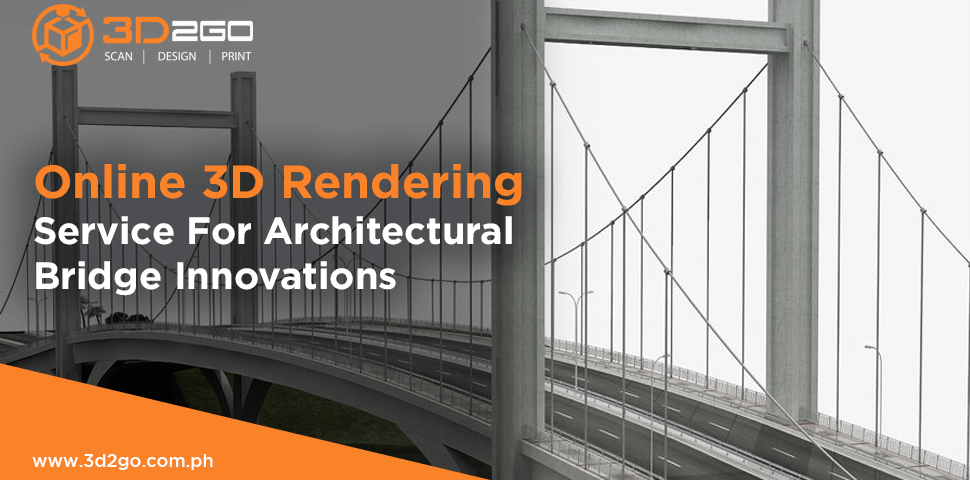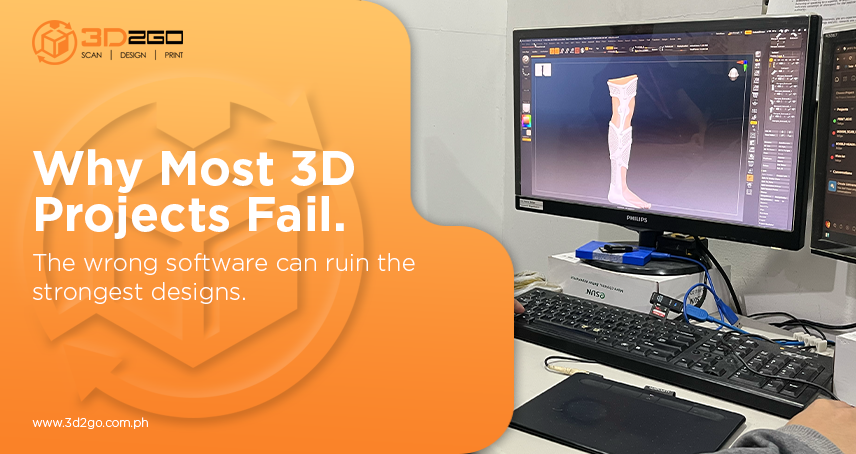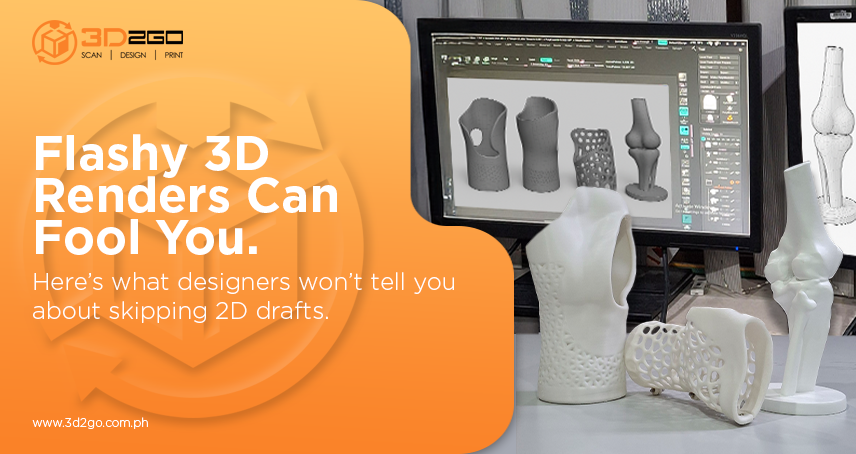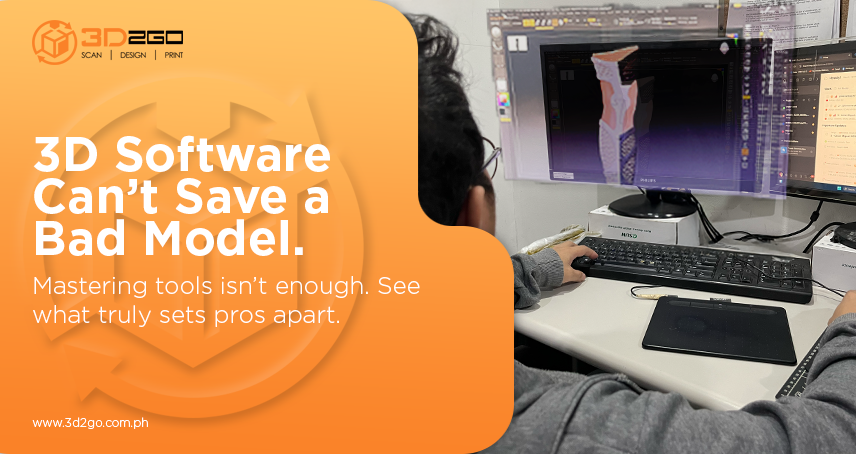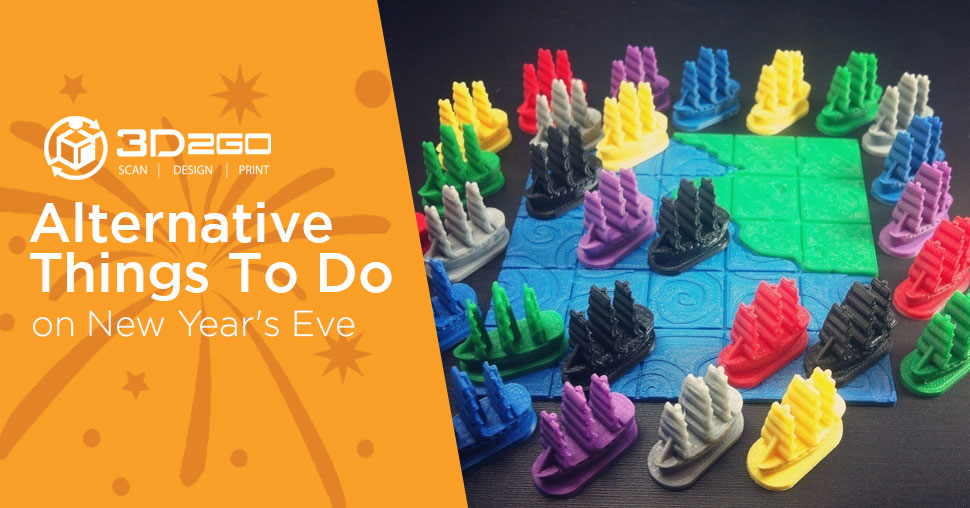
Top 6 Things To Do on New Year’s Eve That Is Uncommon
August 25, 2022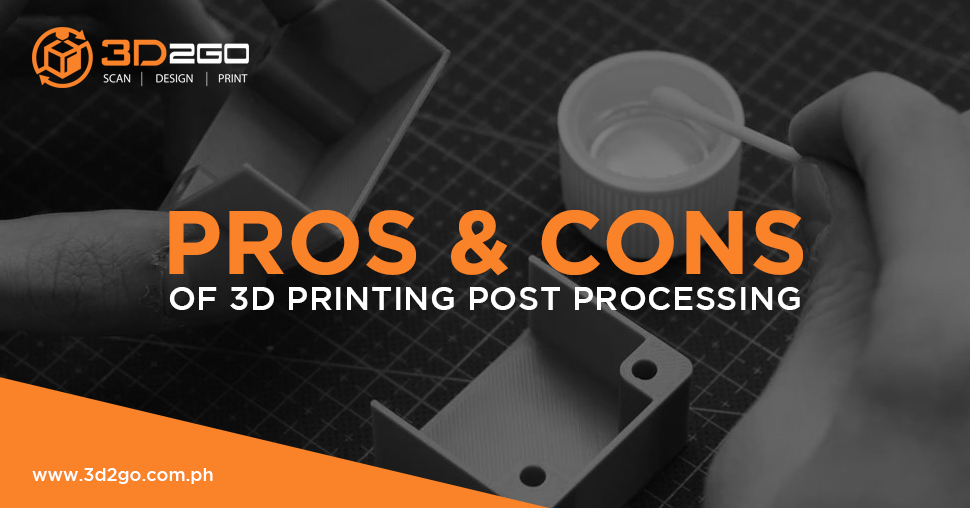
Pros & Cons of 3D Printing Post Processing
August 28, 2022Creating steel bridges with 3d architecture innovations
Engineers must maintain infrastructures while simultaneously building onto them with limited time and resources.
Advancements in technology, like 3D printing, seem necessary to counter deteriorating infrastructures.
In the search for methods to lengthen the longevity of bridges and roads, conserve resources, and increase safety, 3D printing proved to be a legitimate option.
The 3D-printed steel bridge in Amsterdam is the perfect case study.
Experimenting on bridge structures with the help of an architectural rendering studio
Designers first came up with the concept for the bridge in 2015 of making an exceptionally efficient structure.
They had to emphasize simplicity and safety. To monitor the efficiency of their design, scientists at Imperial College London engineered the bridge to be a “living laboratory.”
A team of structural engineers, computer scientists, and statisticians developed a system of over one dozen embedded sensors for the bridge.
This sends live data to the university for further analysis of the bridge’s performance. They monitor the bridge’s movement, vibration, temperature, strain, and displacement over time.
From that data, scientists built a “digital twin”. They did this with computer science parlance for an identical, virtual rendering of the bridge. And over time, it gets more accurate with further research.
The data collected from the bridge and its digital twin will be open-sourced so that other scientists can examine the long-term behavior of 3D-printed steel.
With machine learning, they can now look for trends that might suggest modifications are in order.
3D printing is relatively new. Meanwhile, the concept of digital twins has only been around since 2002. For the public to gain confidence in these technologies, researchers must investigate further.
One of the advantages of 3D printing is its ability to build. Though it would require more equipment, time, and cost in a traditional manufacturing process. This further allows designers to be more creative and consume fewer resources.
For the Amsterdam bridge, designers utilized two methods of 3D printing:
- Direct Energy Deposit (DED) – With DED, the printer feeds material, typically in powder or wire form, through a pen-like nozzle. Next is an intense heat source, typically a laser, but sometimes an electron beam, that melts the metal on contact.
- Powder Bed Fusion (PBF) – PBF works similarly in that a laser or electron beam melts powder down to build each layer. The main advantage of PBF, though, is that it operates with much smaller and more expensive parts, resulting in a higher-resolution project than DED could accomplish on its own. This allows designers to take their visions a step further.
3d modeling and rendering services with 3D2GO
Learning how to create professional-looking architectural renders takes some time, so don’t just take the first crash course you searched for.
No time and you would rather have pros have a go at your complex designs?
Get in touch with us by sending us files in .obj or .stl format in our email address management@my3d.com.ph. You can also reach us through our Facebook and Instagram pages today!


